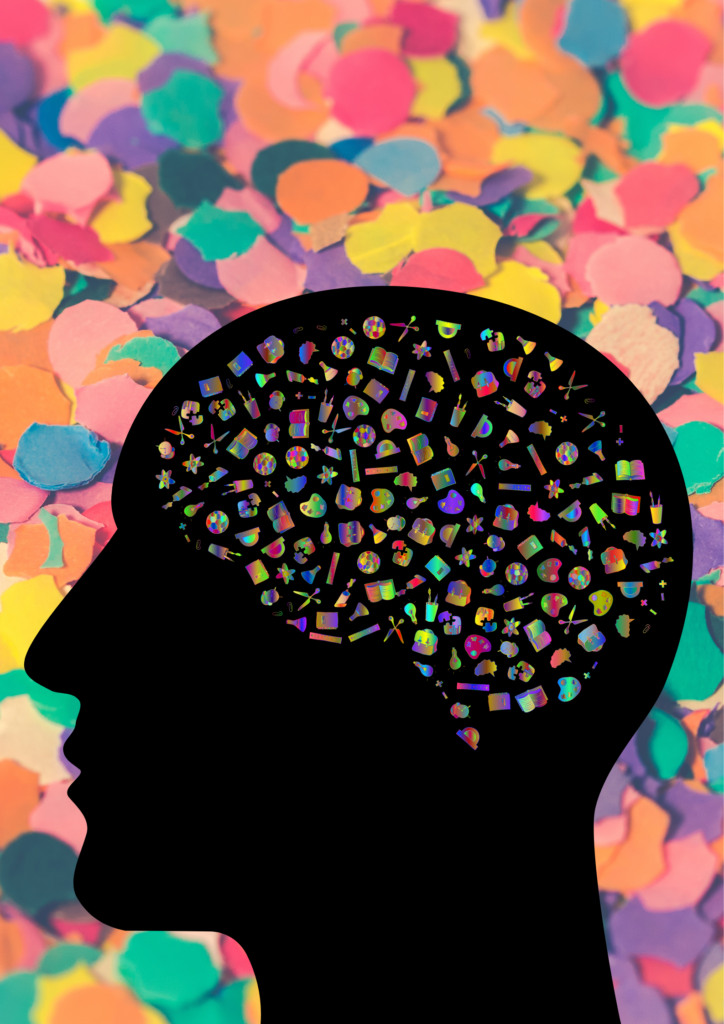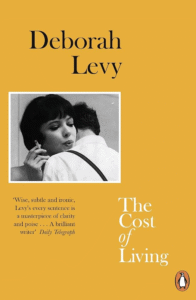Chemistry of Emotions: Exploring the Neurochemical Narratives in Literature

In the vast tapestry of human experience, emotions weave intricate patterns that color our lives. From the tender warmth of love to the icy grip of fear, emotions shape our perceptions, decisions, and interactions. But what if we could dissect these ethereal states? What if we could peer into the molecular dance that orchestrates joy, sorrow, and everything in between? Enter the fascinating intersection of chemistry and literature—a realm where neurochemical narratives unfold.
The Neurochemical Symphony
Our emotional landscape is orchestrated by a symphony of neurotransmitters, hormones, and receptors. These chemical messengers traverse the synaptic gaps, whispering secrets to our neurons. In literature, authors wield this symphony like maestros, composing emotional crescendos that resonate with readers. Let’s explore some key players:
- Dopamine: The Elixir of Pleasure
- Dopamine, the “feel-good” neurotransmitter, dances through our reward pathways. It surges when we achieve a goal, savor a victory, or fall in love.
- In literature, dopamine manifests as euphoria—the intoxicating rush of success, the electric touch of desire. Think of Jay Gatsby’s longing for Daisy Buchanan or Elizabeth Bennet’s delight in Mr. Darcy’s letter.
- Serotonin: The Social Architect
- Serotonin shapes our social bonds, influencing mood, sleep, and appetite. It’s the glue that binds communities and lovers.
- In literature, serotonin weaves empathy and connection. Consider the camaraderie in J.R.R. Tolkien’s “The Fellowship of the Ring” or the tender moments between Jo March and her family in Louisa May Alcott’s “Little Women.”
- Oxytocin: The Bonding Molecule
- Oxytocin, released during childbirth and intimate touch, fosters trust and attachment.
- In literature, oxytocin blooms in friendships, family ties, and romantic entanglements. Think of Harry Potter’s loyalty to Ron and Hermione or the unbreakable bond between Frodo and Sam.
- Cortisol: The Stress Sentinel
- Cortisol, our stress hormone, surges in fight-or-flight situations. It sharpens focus but erodes well-being.
- In literature, cortisol fuels tension. Picture the heart-pounding scenes in a thriller or the anxiety that gnaws at Holden Caulfield in J.D. Salinger’s “The Catcher in the Rye.”
The Alchemy of Words
Writers are alchemists, transmuting neurochemistry into prose. Consider these literary alchemical reactions:
- Metaphors and Analogies: Authors liken emotions to substances—fire, storms, elixirs. “Her anger bubbled like a cauldron,” they say, invoking neurotransmitter brews.
- Character Arcs: Neurochemical shifts propel character growth. From Hamlet’s melancholy to Walter White’s descent into methamphetamine-induced mania, chemistry shapes destiny.
- Setting and Mood: Neurotransmitters infuse settings. A sun-drenched beach bathes us in serotonin, while a haunted mansion drips with cortisol.
The Ethical Dilemma
But here lies the paradox: Can we reduce the sublime to molecules without diminishing its magic? Does knowing that love involves oxytocin lessen its potency? Literature tiptoes this tightrope, revealing science’s truths while preserving wonder.
As we turn the pages of literary masterpieces, let’s remember that emotions are both cosmic symphonies and chemical equations. The next time you weep over a character’s fate or thrill at their triumph, know that molecules dance within you, whispering tales of joy, sorrow, and the ineffable human experience.


























